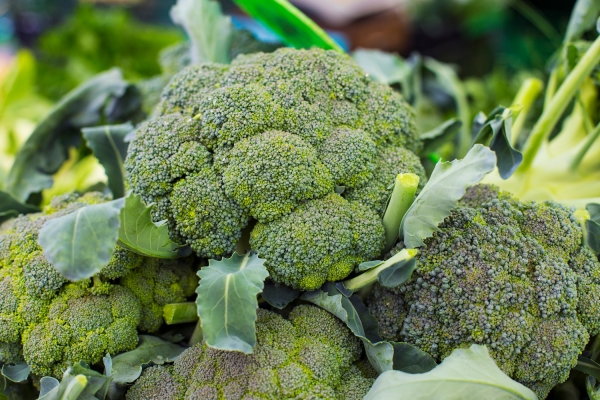General Information
Broccoli belong to family of Brassicaceae is a cool season crop. It is available in white, green, light green and purple color. Purple and green are common and cultivated on commercial scale. Broccoli is rich source of Vitamin and minerals. It is popular in foreign countries. The United states is major broccoli growing nation in world. Now days its cultivation is becoming popular in India. Hilly areas of Himachal Pradesh, Uttar Pradesh, Jammu and Kashmir, Nigiri hills are major broccoli growing areas of India.







